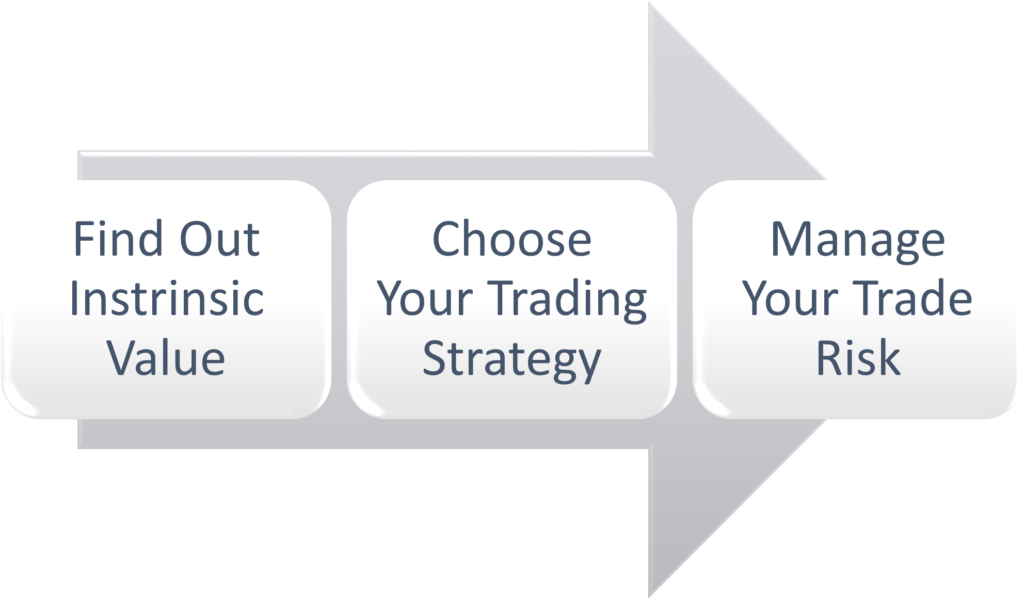How to Trade Successfully in Canadian Markets?

Not alternative, the stock market is several Canadians’ primary investment source. As per a recent statistic, Canada sits in 6th position among 16 countries for stock investing. It is ahead of Australia, the UK, Germany, and France.
But, ironically, several Canadians fail to achieve their financial goals and ultimately quit the stock market owing to successive losses.
What is the reason?
It’s simple. Canadians don’t understand the market well and are largely ignorant of its various phases, techniques, and best trading tips.
This blog will tell you the three best tips you can follow to become a successful stock trader and reduce your losses to the bare minimum.
Three Best Tips for Trading Success
Indeed, the stock market is unpredictable. It is influenced by several factors, such as rumors, investor sentiments, macro, and micro-economic developments, political situations, etc.
However, you can still predict the future of stock and gain market success following the below tips:


1. Find Out Intrinsic Value
Wherever you put your money? – You must know about it. The same applies to the stock market.
Firstly, you should always conduct a deep and comprehensive analysis of the stock in which you’ll invest. Find out its intrinsic value. It will help you understand whether you have purchased the stock at its intrinsic value.
What Is the Intrinsic Value of a Stock?
It represents the maximum price that you can pay for a stock. If you buy a stock at its intrinsic value, you will not suffer losses when you sell it in the future.
Let us understand through this example.
You recently purchased a vacation home in Prince Edward County, Ontario with the intention to earn rental income. You intend to hold it for ten years, after which you will sell it at the market price.
The intrinsic value of this property will be the sum of rental income you will receive in the next ten years and the sale proceeds, which you will receive at the time of sale.


While purchasing the vacation house, you might not be willing to pay anything beyond the intrinsic value. By doing so, you will suffer losses at selling it.
The same applies to stocks as well. What you can earn from the stock market in the form of dividends and how much you can sell it for at the end of your investment horizon forms your intrinsic value.
2. Choose Your Trading Strategy
How much you can earn and how frequently you can gather from the stock markets entirely depends upon the quality of your trading strategy. You can develop the best tailor-made strategies for yourself following the below steps:
| Steps | Name of the Step | How to do it? |
| I | Trend Assessment | a) Perform the fundamental analysis of the companies, preferably blue-chip, in which you wish to invest b) Monitor the price movements and try to understand the pattern c) You can use several technical indicators, such as Moving Averages (MA), Bollinger bands, Stochastic Oscillator, etc. for this |
| II | Security Selection | a) The market has evolved b) ETFs, Forward contracts, Futures, Options, Debentures, and even units of Mutual funds – everything trades on exchanges c) You should always select the securities in which you want to trade d) This selection should be based on your knowledge, skills, and risk tolerance. |
| III | Identifying Time Frames | a) The frequency with which you perform stock market transactions also defines your success rate. b) Usually, there are three-time frames: – Quick Scalping: You open a position and close it as soon as it becomes profitable & the process repeats. – Intra-day: You buy and sell the securities on the same day –Swing Trading: You buy securities and then carry the open position for a few days to maximize the profit. |
3. Manage Your Risk – The 1% Rule
There is no upside to earnings from the stock market. However, the reverse is true. And in the worst situations, you can even lose all your principal amount.
Be it a domestic economic turmoil, a global health crisis, or maybe a war in some part of the world – The stock market reacts to every piece of verified or unverified information.
In such a situation, your fundamental analysis and even usage of technical indicators might not help you that much. It increases the probability of your trades going wrong.
Hence, you should always resort to risk management and try to define the maximum loss you can sustain from a single trade.
According to the 1% rule, you must restrict yourself and not let your losses exceed 1% of the trading account. For example, if your trading account is worth $50,000 then the ideal risk tolerance limit should be $500 (1% x $50,000). You should follow the technique of “stop loss” for every trade in such a way that your loss from a trade not exceeds $500.



